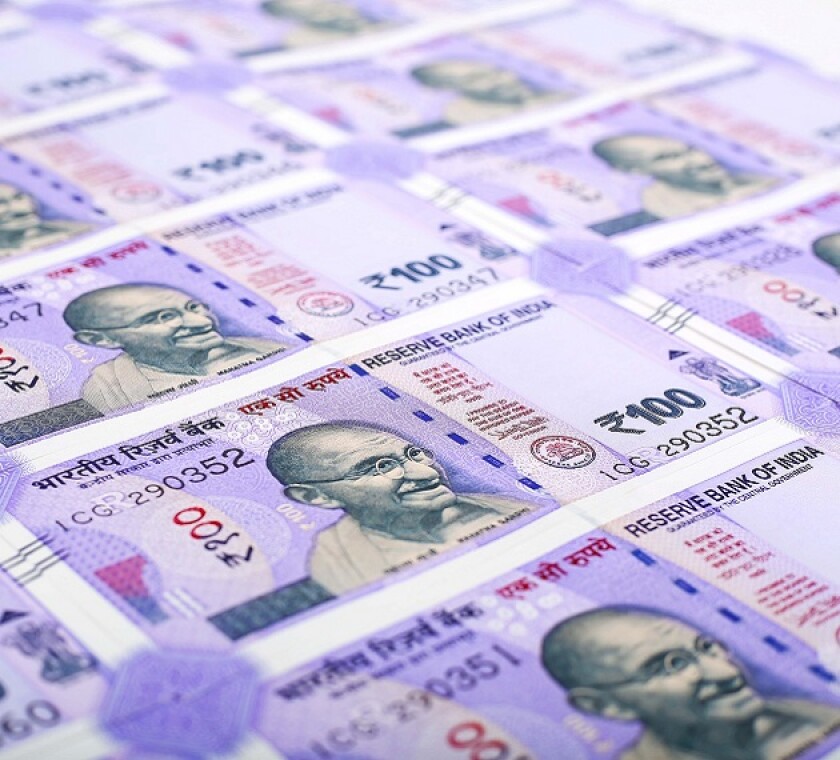More than a decade ago, India inched towards reforming its indirect taxation system by looking to implement a goods and services tax (GST), a tool and system to eliminate the cascading effects of the existing duties and taxes, and to enable a continuous chain of set-offs such that all burdens of cascading effects are reduced (First Discussion Paper, November 2009).
This principle was engrafted in the Statement of Objects and Reasons appended to the Constitution (One Hundred and First) Amendment Bill, 2016, with the words “simplify and harmonise the indirect tax regime in the country” and “due to seamless transfer of input tax credit….”
India implemented GST from July 2017. Though not a signatory to the OECD model, the design of India’s GST regime is that of ‘destination-based consumption tax’, as explained in OECD’s VAT/GST guidelines.
During GST’s three years, the following inept developments in the space of input tax credit (ITC) have occurred. It began with specific retrospective provision to legislatively deny transition of cesses including Krishi Kalyan Cess, Swachch Bharat Cess, etc. to registered GST taxpayers, which effectively turned into cost for the businesses.
The next blow was at the hands of the judiciary, which interpreted that the refund of ITC on input services was not meant to be available to taxpayers under an inverted duty structure. Conflicting views have emerged from the Madras High Court and Gujarat High Court, and petitions remain pending in other high courts. The Supreme Court of India is yet to rule on this topic. Until then, there is differential treatment for taxpayers struggling with the inverted duty structure, and a dent in the “one nation, one tax” slogan that marked GST’s introduction.
ITC was to be available based on reconciliation of GSTR-2 (details of outward supply furnished by supplier) with taxpayers’ records. However, the IT system – the backbone of GST – was neither robust nor ready to enable this process, so the system for matching was never implemented. From October 2019, a provision in the form of Rule 36(4) was introduced to require matching of ITC, as available in taxpayers’ records and that uploaded by its supplier and allowed for a top-up of 20% of matched ITC, as a concession. Today, the allowance stands at 5%. Several petitions are pending before high courts, with the question as to whether ITC can be curtailed by a rule when all the statutory requirements to avail ITC are otherwise met. This rule constrains ITC for no fault of the taxpayer.
A peculiar recent amendment is the insertion of the innocuous Rule 86B (not an amendment to the statute) that requires taxpayers liable to pay five million Rupees (approximately $68,370) monthly as tax, to restrict the discharge of such tax by 99% of available ITC. In other words, such taxpayers will necessarily pay at least 1% of the output tax in cash, and so carry forward a modicum of ITC on an ongoing basis. No report explains how these figures were arrived at (even if introduced in public interest), which renders this arbitrary rule susceptible to challenge and judicial scrutiny.
Another recent amendment that raised heckles are provisions that empower the administrative officers to suspend a taxpayer’s registration without a notice or hearing, effectively blocking them from conducting business in the meanwhile, until revocation or cancellation. Cancellation (Rule 21) can now be due to availment of ITC in violation of the statutory provisions or flouting of the 1% cash payment of outward tax (retention of ITC) besides violation of the CGST Rules, 2017. Suspension of registration (Rule 21A(2A)) can be ordered due to “significant differences or anomalies” in ITC claimed, versus that uploaded by suppliers. After suspension of registration, the taxpayer is intimated who is to explain why cancellation of registration must not be ordered. Taxpayers now have the onerous task of ensuring their suppliers too are GST-compliant. Trade and industry await a standard operating procedure (SOP), especially to clarify what “significant differences or anomalies” mean, so that undue harassment and arbitrary actions of tax authorities do not occur. In the meantime, one hopes that India does not fall a few notches on the ‘ease of doing business’ index.
Unarguably, some of the described amendments to the GST law were necessary to address a malaise and disruptive practices (read as: fake invoicing et al). The implications of non-availability of ITC are felt by all taxpayers. The outcome of these changes (and others, not described here) and a variety of interpretations is a GST with definitive wrinkles concerning ITC. The cascading effect of taxes is unexpectedly introduced in the GST law, much to the discredit of the promises made when introducing it.
This situation showcases problems with the policy’s initial vision. However, one must compliment the agility with which the GST law was tweaked to address problems that were not foreseen at inception. India’s taxpayers should focus on GST processes so as to adhere to the rules and regulations while simultaneously taking ITC optimally, and not face a cascading effect.
Ranjeet Mahtani
Partner
E: ranjeet.mahtani@dhruvaadvisors.com












